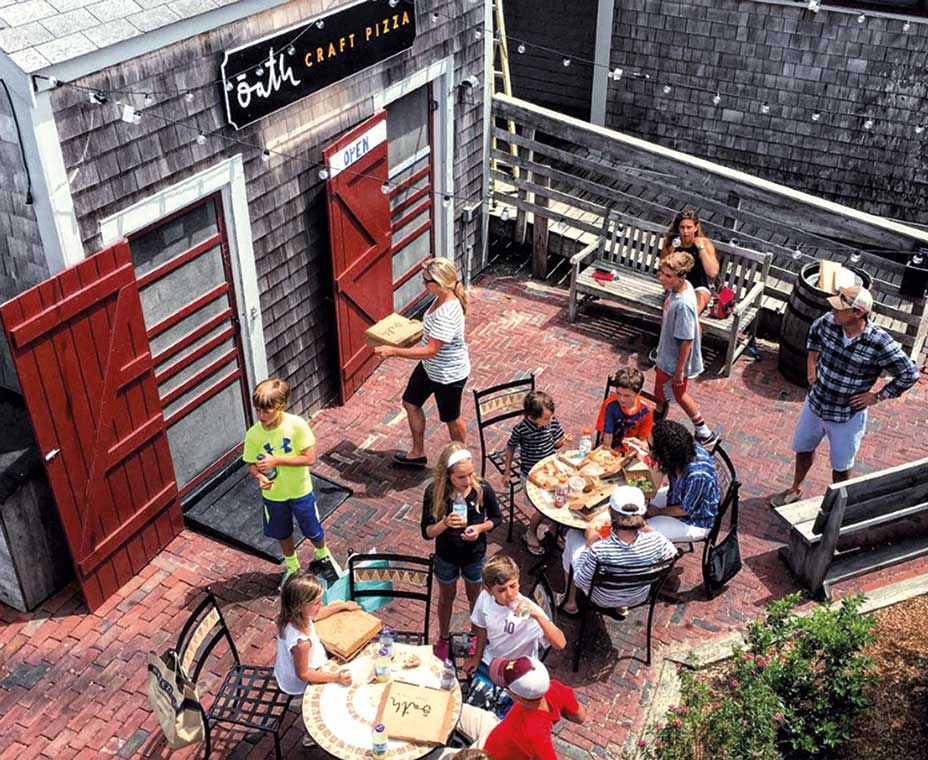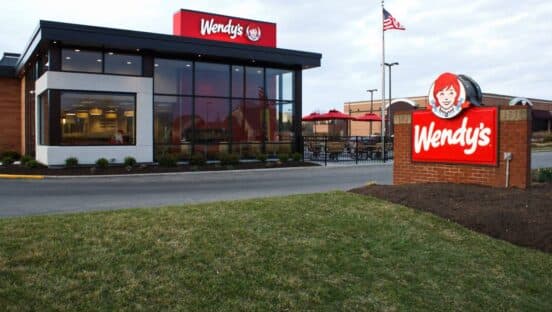Against the backdrop of gently lapping Atlantic Ocean waves, groups of vacationers—friends, couples, grandparents, toddlers, and teenagers—approach the white clapboard cottage that houses Rita’s Italian Ice of Surf City, New Jersey. The brand is a tourist favorite at resort towns up and down the coasts and throughout much of the Midwest and South. But it’s not only a seasonal, traveler-oriented brand; Rita’s has mastered the balance of catering to both travelers and locals while managing three business models to account for differences in locations.
Rita’s enclosed stores in the Midwest, South, and West Coast are open year-round, says Victoria Coia, franchise and marketing analyst with Rita’s. Seasonal stores, like that in Surf City, are open from the beginning of spring to October 1. Resort stores open around Memorial Day and close after Labor Day.
“We look at the length of time when the locations swell to determine opening times,” Coia says. For example, South Florida does a strong summer business, but also attracts snowbirds and locals in the winter, making what might seem like an obviously seasonal store thrive all year long.
Coia adds that Rita’s attracts travelers during the summer, but frozen custard sales still soar in the cooler months, and Rita’s is seriously considering opening stores in ski towns.
Like Rita’s, Boston-based Oath Craft Pizza has found equal success with travelers and residents. The brand, which specializes in chef-driven pizza, performs wonderfully in residential areas. Once people try Oath, they tend to return, says CEO Patrik Hellstrand. But Oath also succeeds in travel-focused locations, including Boston’s South Station transportation hub and vacation destination Nantucket.
For example, the Nantucket store is open from mid-May to mid-September, and seasonal specials don’t appear on the menu until mid-June, when local summer produce becomes readily available. In contrast, seasonal specials are available year-round in Oath’s Boston stores.
In South Station, Oath’s artisan breakfast pizza is a big seller during morning commute hours, while its residential stores in Boston-area neighborhoods run a big dinner business. In residential and seasonal areas, “we do really well with the leisure part of people’s lives, when they’re with friends and family,” Hellstrand says. “Friday night pizza is still very much a tradition.”
One reason Oath and Rita’s can thrive in varied markets is the flexibility of their product and business model. Both switch up not only their seasonal hours, but also the physical space they prepare and sell it in. Rita’s has everything from walk-up stands to fully enclosed stores, as well as stores in upscale gas stations. Oath’s Nantucket location boasts outdoor seating on a wharf, while the South Station location is a walk-up kiosk.
Tyler Pitman is the senior director of restaurant development for HMSHost, which connects restaurant brands with airports and motorways and operates in 116 airports worldwide. He says brands need to be flexible because space is constrained and travelers are often in a hurry. “The size of the menu needs to fit the terminal, the travelers’ demographics, and the space without diluting quality,” Pitman says.
Roadsides can work especially well for nationally recognized brands, while airports offer more of a balance between local and national businesses, Pitman says. Generally, the genre of food and level of service aren’t prohibitive barriers to success in airports. As proof, Pitman notes that he’s working on developing two ice cream stores for an airport in Alaska.
One potential reason for the success of such varied concepts is that airports want to become destinations in their own right and customers are, by and large, on board.
“By the time people get through security, they are stressed. Airports want to become more comfortable places, and offering high- quality food is part of that,” Pitman says.
Once travelers arrive at their destinations, they continue to look for quality rather than a particular category of food, says Greg Coley, vice president of sales and marketing for digital hotel concierge service Porter24. Porter24’s touchscreen technology is set up in hotel lobbies in West Coast cities and provides suggestions for restaurants and activities based on a chosen location.
The Porter24 team has found that for the most part, the location and level of service draw hotel guests to restaurants, rather than the type of fare on offer. In San Diego, restaurants near the beach do especially well, even if they don’t sell fish tacos. Los Angeles has more scattered destinations, such as beach cities, Hollywood, and the fashion districts, which attract guests, Coley says.
During the day, fast casuals receive more attention because vacationers have activities lined up and don’t want to sit down for a long lunch. Full-service restaurants do better at dinner. Coley anticipates seeing similar patterns as Porter24 expands to the East Coast and Chicago.
But an equally, if not more, important factor in restaurants’ success depends on their ability to genuinely connect with the travelers. Brands do this in various ways, Coley says. Some focus on the types of food they serve; others emphasize the atmosphere. Some offer discounts.
“Brands that have a good sense of and appreciation for the actual dining experience that they’ve built often are best able to reach hotel guests,” Coley says.
Ultimately, that’s what Rita’s offers both travelers and residents, regardless of what the mercury reads. “What would Rita’s bring to the ski resort experience?” Coia says. “An opportunity to take the kids out after tubing or skiing. Happiness.”
This story originally appeared in QSR’s June 2017 issue with the title “Planes, Trains, and Automobiles.”










